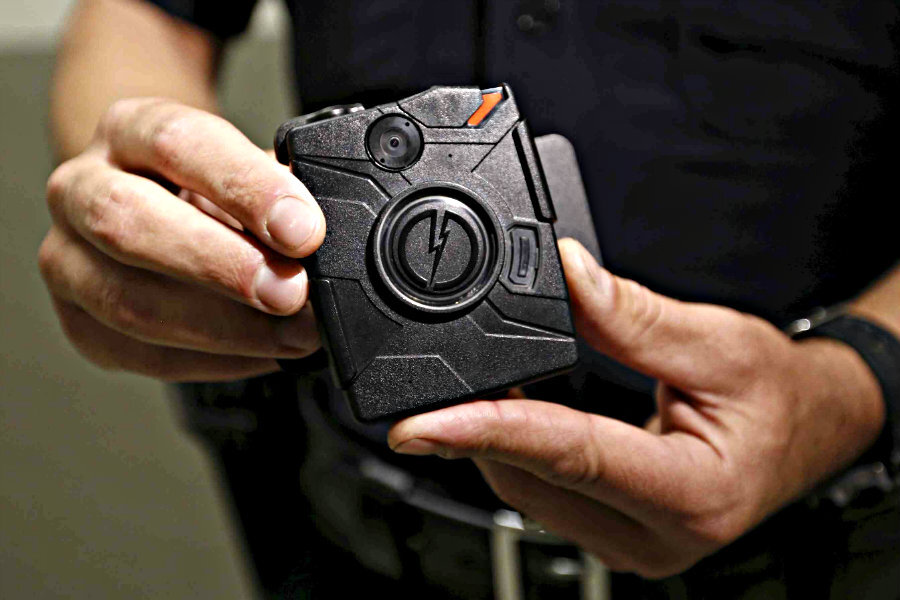Justice Department allocates $20 million for body cameras
Loading...
Following a pattern of police shootings of minorities, including recent shootings in Tulsa, Okla., and Charlotte, N.C., the United States Justice Department announced that it will award $20 million to police departments that wish to introduce body camera policies.
The Justice Department's Monday announcement affects 106 state, city, municipal, and tribal law enforcement agencies in 32 states, and will help those departments institute and implement body camera programs.
"These grants will help more than 100 law enforcement agencies promote transparency and ensure accountability, clearing the way for the closer cooperation between residents and officers that is so vital to public safety," said Attorney General Loretta Lynch on Monday.
The Department of Justice launched its Body Worn Camera program last year, after a recommendation by the President's Task Force on 21st Century Policing. Enthusiasm for body cameras has been high in some quarters, where advocates say they could reduce violence. Others, however, caution that cameras are effective only when the proper policies are in place.
"Everyone behaves better" when body cameras are in use, according to a report released by the President's Task Force on 21st Century Policing in March 2015. That report showed evidence that uses of force by both officers and citizens was reduced when body cameras were present.
Based on this evidence and the conviction that this is the direction in which policing is moving, several cities have already instituted body camera programs or have obtained funding in order to implement them in the future.
Police officers in Ferguson, Mo., now wear cameras, for example, as do those in Colorado Springs and Los Angeles. In Boston, the city's Police Patrolman's Association pushed back against Mayor Marty Walsh's plans for a pilot program this year. Mr. Walsh responded by making the program mandatory.
Tulsa, one of the cities involved in the most recent police violence scandals, obtained a $600,000 grant last year to implement a body camera program, although there are not yet equipped with the cameras.
Yet despite the benefits of body-worn cameras, critics say that the wrong policies can negate the cameras' usefulness.
In early August, a study of several US police departments found that unless there are clear and specific policies that regulate body camera use, the cameras can be less than useful, as The Christian Science Monitor reported:
A new study of 50 US police departments concludes that even more important than simply using cameras are the rules that govern their use – and particularly who sees the videos produced. Currently, body cameras are liable to be abused due to unclear policies in many jurisdictions, says the study by Upturn, a Washington, D.C., consulting group. But the study also found examples of police departments modeling best practices.
'Body cameras are only a step in the right direction,' Chad Marlow of the American Civil Liberties Union (ACLU) tells The Christian Science Monitor by phone, 'if their use is governed by principles.'
In Charlotte, for example, the police department's $7 million body camera program neither prevented the death of Keith Scott nor provided evidence around the circumstances leading up to the shooting. Footage from the event is inconclusive, given that the officer involved only turned on his camera after the shooting. Body camera policy critics say that in order for such programs to be effective, cameras must be on at all times.
The Justice Department required all grant applicants to agree to refine body camera use and use of force policies as part of their application, a measure that could reduce controversy and promote transparency.
"As we strive to support local leaders and law enforcement officials in their work to protect their communities, we are mindful that effective public safety requires more than arrests and prosecutions," said Ms. Lynch. "It also requires winning – and keeping – the trust and confidence of the citizens we serve."








